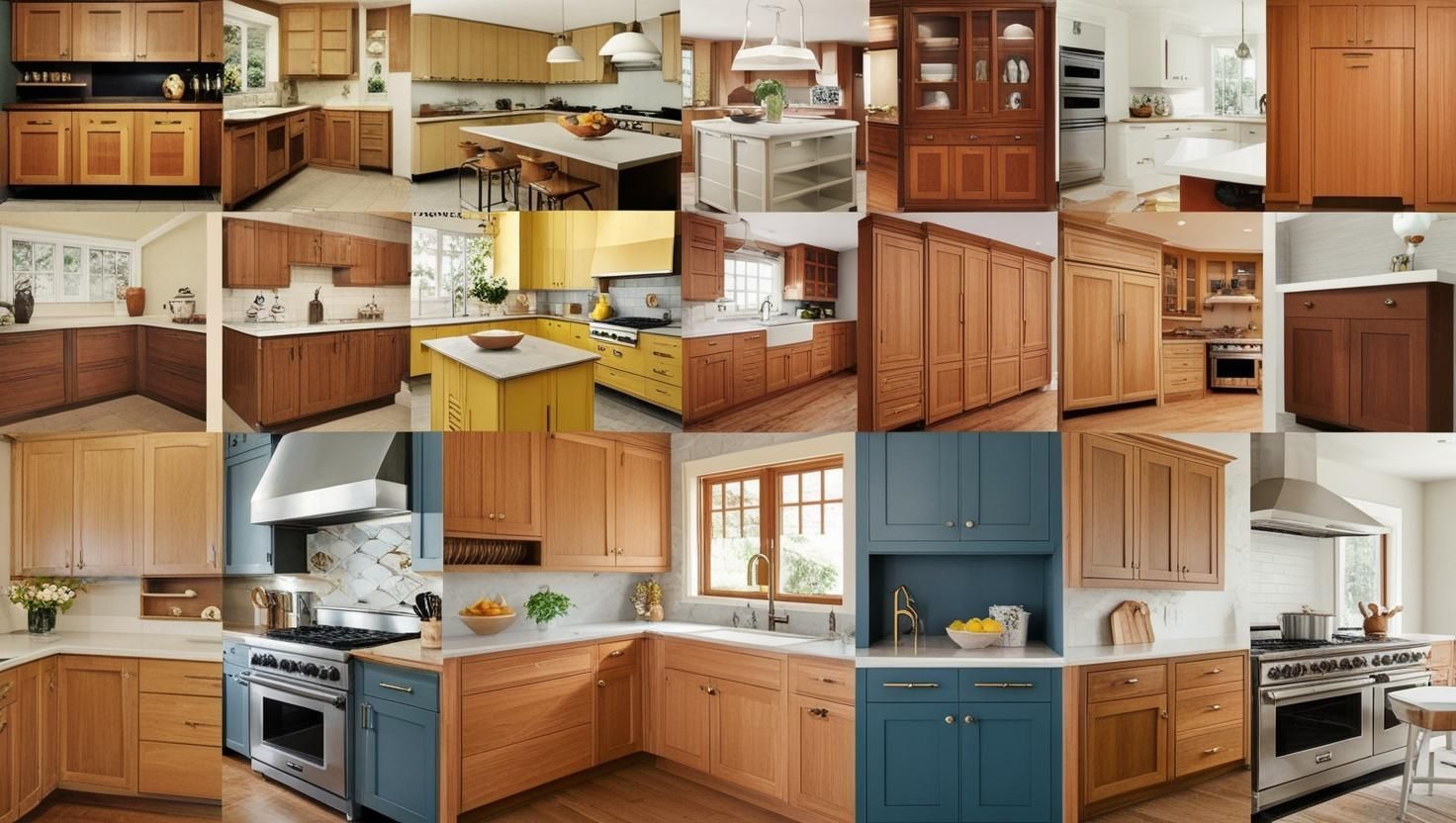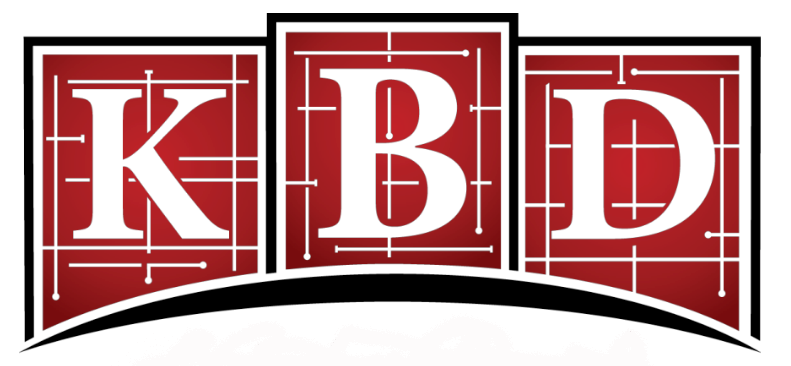Blog
The Evolution of Kitchen Cabinet Design Over the Decades
A historical perspective on how cabinet styles have transformed

The Evolution of Kitchen Cabinet Design Over the Decades
Kitchen cabinets are more than just functional storage—they are an essential part of the kitchen's aesthetic and an indicator of evolving design trends. Over the decades, kitchen cabinet design has undergone significant transformations, reflecting changes in technology, lifestyle, and personal taste. In this blog, we’ll explore the fascinating journey of kitchen cabinet evolution and the key design changes that define each era.
The 1920s–1930s: Functionality Takes Center Stage
In the early 20th century, kitchens were primarily utilitarian spaces. Cabinets were simple, practical, and often made of wood or metal. Key characteristics of this era include:
- Freestanding Cabinets: Built-in cabinetry was rare; homeowners used freestanding cupboards or pantries.
- Focus on Durability: Cabinets were crafted for longevity, often from solid wood or metal, with minimal decorative elements.
- Color Trends: Neutral tones like white and beige dominated, reflecting a focus on cleanliness.
The 1940s–1950s: The Rise of Modernism
The post-war period saw a shift toward sleek, modern kitchens that emphasized efficiency and style. Key trends included:
- Built-In Cabinets: The introduction of built-in cabinetry made kitchens more cohesive and space-efficient.
- Pastel Colors: Soft hues like mint green, baby blue, and pale pink became popular.
- Innovative Materials: Aluminum and laminate surfaces were introduced, offering durability and a clean, modern look.
- Streamlined Designs: Cabinet doors featured flat panels and simple hardware, reflecting the era’s minimalist aesthetic.
The 1960s–1970s: Bold and Eclectic Styles
The counterculture movement influenced design in the 1960s and 1970s, bringing bold colors and eclectic patterns into the kitchen. Cabinet trends during this period included:
- Earthy Tones: Warm colors like mustard yellow, avocado green, and burnt orange were all the rage.
- Wood Finishes: Dark-stained wood cabinets became a hallmark of the time.
- Decorative Details: Cabinet designs often featured ornate handles and intricate carvings.
- Open Shelving: This era saw the rise of open shelving as a decorative and functional choice.
The 1980s–1990s: Luxury and Personalization
As kitchens became more central to family life, cabinets evolved to reflect a focus on luxury and personalization. Key trends included:
- Oak Dominance: Oak cabinets with raised panel doors were a staple in many homes.
- Neutral Palettes: Soft neutrals like cream and beige gained popularity, creating a warm and inviting feel.
- Glass-Front Cabinets: These added an elegant touch, allowing homeowners to display their finest dishware.
- Custom Cabinetry: Homeowners began investing in custom cabinets to suit their unique preferences and layouts.
The 2000s: Minimalism and Modernity
The new millennium brought a shift toward clean lines, minimalist designs, and high-tech features. Cabinet trends in the 2000s included:
- Shaker-Style Cabinets: The timeless appeal of shaker-style cabinets made them a favorite for modern and transitional kitchens.
- White Cabinets: White became the go-to color for creating a bright and open feel.
- Soft-Close Hinges: Functionality took a leap forward with the introduction of soft-close doors and drawers.
- Integrated Appliances: Cabinets were designed to seamlessly integrate with modern appliances, creating a cohesive look.
The 2010s: Sustainability and Smart Kitchens
As environmental awareness grew, sustainability became a driving force in kitchen design. Key trends from this era include:
- Eco-Friendly Materials: Bamboo, reclaimed wood, and other sustainable materials gained popularity.
- Two-Tone Cabinets: Combining different colors or finishes for upper and lower cabinets became a stylish trend.
- Smart Storage Solutions: Pull-out shelves, corner solutions, and hidden compartments optimized cabinet functionality.
- Matte Finishes: Matte cabinet finishes offered a sophisticated alternative to glossy surfaces.
The 2020s and Beyond: Technology Meets Design
Today’s kitchens are a harmonious blend of style, technology, and functionality. Cabinet design trends shaping the current decade include:
- Smart Cabinets: Features like built-in charging stations, touchless doors, and LED lighting are becoming standard.
- Bold Colors: Dark tones like navy blue, forest green, and black are making a statement in modern kitchens.
- Minimalist Hardware: Handleless cabinets and sleek pulls enhance the clean lines of contemporary designs.
- Sustainable Choices: Homeowners continue to prioritize eco-friendly materials and finishes.
Key Takeaways
The evolution of kitchen cabinet design reflects broader societal trends, from the utilitarian focus of the early 20th century to the technology-driven innovations of today. Whether you prefer the timeless appeal of shaker cabinets, the bold colors of the 1970s, or the sleek minimalism of the 2000s, understanding these design trends can help you create a kitchen that balances style and functionality.
Ready to Transform Your Kitchen?
At www.kbyd.com, we specialize in creating kitchens that honor the past while embracing the future. From classic to contemporary cabinet designs, we offer solutions tailored to your unique style and needs. Contact us today to start designing the kitchen of your dreams!

